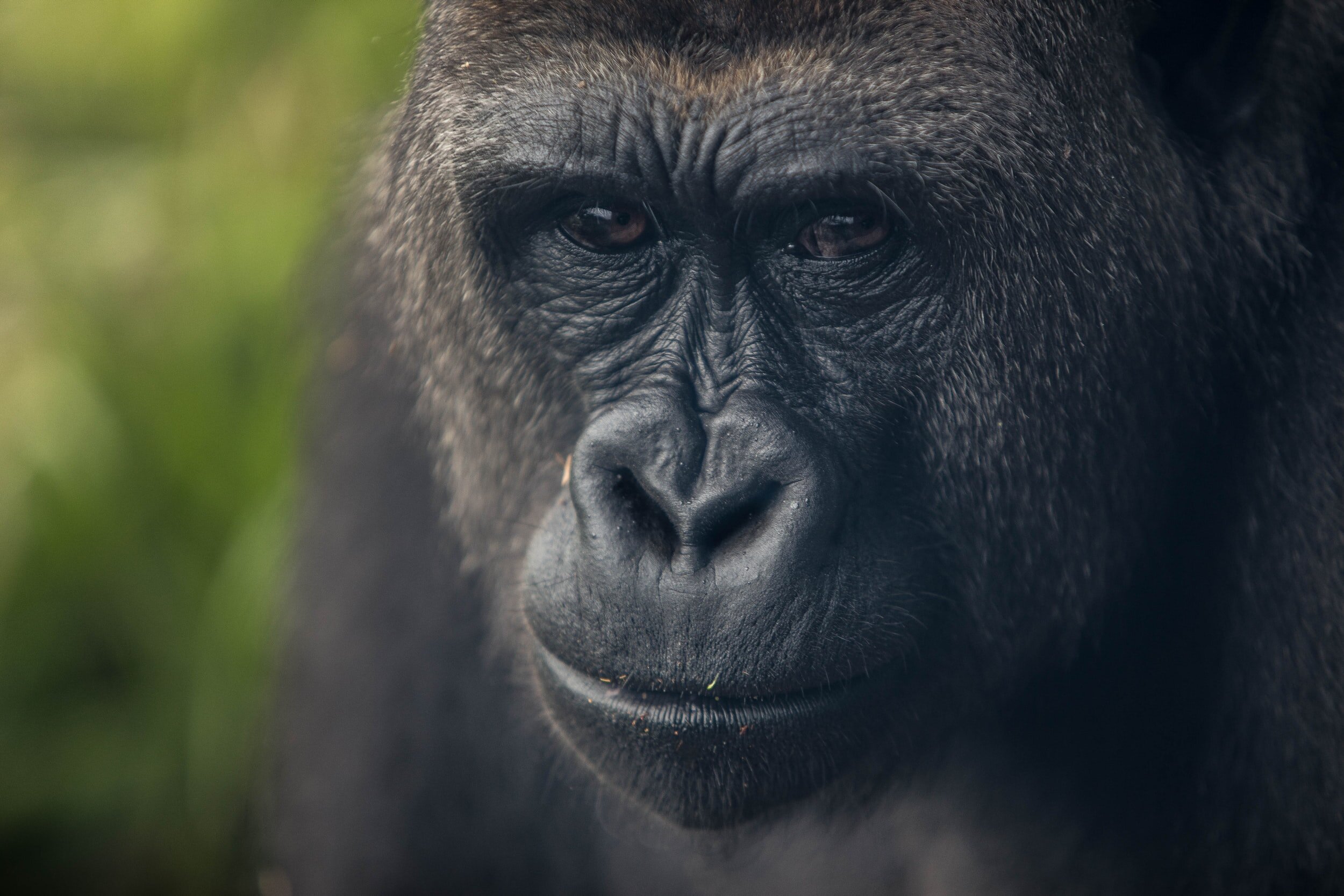Anthropomorphism: Friend or Foe?
Oh, the Shame.
I talk to a lot of people about animals. Some people are zoo visitors, some are my family, some are my friends, and some are colleagues. I talk with people about animals a lot. And I repeatedly hear this phrase:
“I’m sorry I’m being anthropomorphic, but...”
It seems that people within and outside of animal sciences are aware of the taboo of anthropomorphism. People who cannot tell a lion from a tiger seem to know that they shouldn’t talk about animals in human terms, despite how easy it is to do so. Do you feel this way? Do you know why? And, is avoiding anthropomorphism good for our understanding of animals?
Let me introduce you to the anthropomorphism debate. Anthropomorphism is the practice of ascribing human characteristics to non-human animals. The problem with anthropomorphism, which initially sparked the avoid-at-all-costs strategy, is that the more we anthropomorphize, the more likely we are to make incorrect conclusions about similarities between humans and animals.
Consider the look on the face of a female western lowland gorilla sitting among a troop of gorillas in a large, lush exhibit at a modern zoo. That gorilla’s facial expression will certainly be somber, her mouth will be in a straight line, her face stoic.
Close-up of the face of a gorilla, eyes slightly averted and lips pursed in a straight line.
An anthropomorphic interpretation would be that she is feeling somber or sad because that’s what our faces look like when we feel somber or sad. However, gorilla faces don’t have the same musculature as ours. Thanks to millions of years of natural selection equipping gorillas to chew massive amounts of herbaceous plants to fuel their huge, vegetarian bodies, they have evolved a musculature that prioritizes strong jaw muscles over the type of expressivity we’re used to seeing in human faces. A gorilla will not show human-like happiness in her face, no matter how ecstatic she may be, because her face doesn’t work that way. Reasoning through anthropomorphism about her feelings would undoubtedly lead us astray.
The Benefits of Anthropomorphizing
So why then, might anthropomorphic approaches sometimes be welcome, or useful even? Frans de Waal, a Dutch primatologist who has studied the emotional and cognitive lives of monkeys and apes for decades, wrote an article several years ago in which he talked about anthropomorphism and another potential harm that he termed “anthropodenial,” or the rejection of shared characteristics between humans and other animals when in fact they do exist. Anthropodenial was his term for what was basically extreme non-anthropomorphism. In that article, he quoted ethologist Robert Hinde as having said:
“Fear of the dangers of anthropomorphism has caused ethologists to neglect many interesting phenomena, and it has become apparent that they could afford a little disciplined indulgence.”
It may be that scientists have tried so hard to avoid the dangers (and associated judgment by colleagues) of anthropomorphism that we’ve thrown the baby out with the bathwater, abandoning some logical similarities that we do have with other animals. Sometimes, careful anthropomorphic reasoning can save scientists from spending years demonstrating phenomena that perhaps we could consider to be likely due to shared ancestry or shared environmental pressures.
Another benefit of some careful anthropomorphic speak is that scientists can share information about animals in an engaging and relatable way. I used to avoid anthropomorphic terms at all costs. A decade ago, I would have explained that my work involves trying to understand how we can care for animals so that they experience a positively-valenced affective state. It’s much easier to engage people if I just say that I study what makes animals feel good, or what makes them happy!
As always, curious to hear your thoughts on this! Did you learn to avoid anthropomorphism? Do you feel any more or less comfortable with careful anthropomorphism after reading this? Let me have it :).
